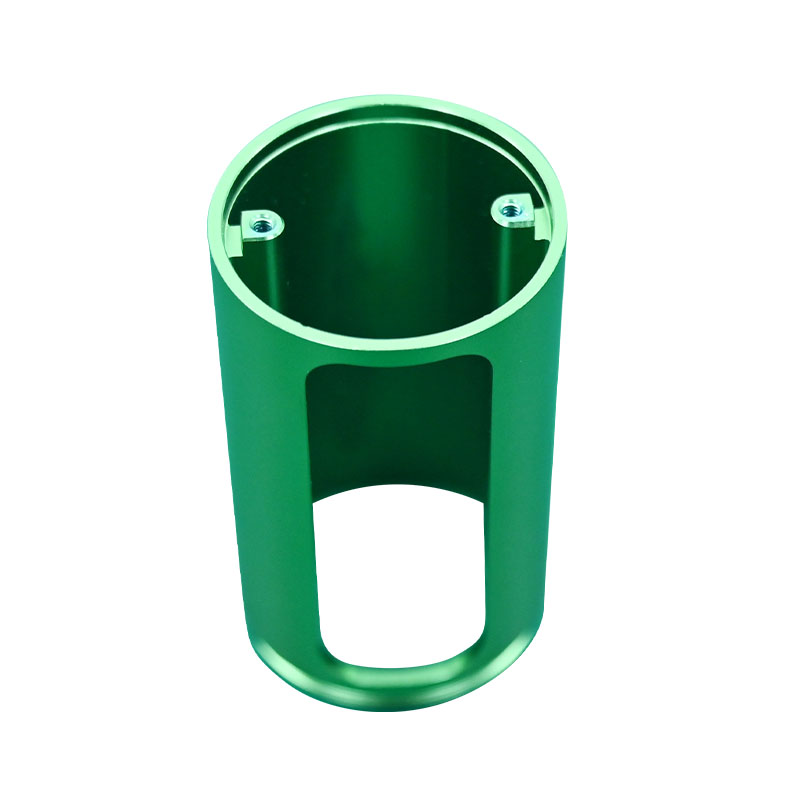Anodized surface treatment is a process that enhances the surface of metal objects, typically aluminum, to improve its durability, corrosion resistance, and aesthetic appeal. Anodizing involves the creation of a controlled oxide layer on the metal surface, which not only protects it but also allows for the addition of colors and other desirable properties.Anodized surfaces find applications in various industries, including architecture, automotive, aerospace, electronics, and consumer goods. They are commonly used for exterior building facades, window frames, automotive trim, cookware, electronic casings, and more.
The anodizing process begins with the preparation of the metal object by cleaning and removing any impurities or contaminants. The item is then immersed in an electrolytic bath, where it serves as the anode and is connected to the positive terminal. A cathode is also placed in the bath and connected to the negative terminal.
The electrolytic bath consists of an acidic solution, usually sulfuric acid, which acts as an electrolyte. When an electric current is applied, a controlled oxidation reaction occurs at the surface of the metal object. This reaction forms a layer of aluminum oxide, which is tightly bonded to the underlying metal and becomes an integral part of the surface.
The thickness of the anodic oxide layer can be precisely controlled, ranging from a few microns to tens of microns, depending on the desired application. Thicker layers provide increased corrosion resistance and durability. During the anodizing process, the surface can also be treated to achieve specific finishes such as matte, glossy, or textured.
One of the key advantages of
anodized surface treatment is its exceptional corrosion resistance. The anodic oxide layer acts as a barrier, protecting the underlying metal from environmental factors such as moisture, chemicals, and UV radiation. Additionally, anodized surfaces have improved hardness and wear resistance, making them more resistant to scratches and abrasion.
Another benefit of anodizing is the ability to add color to the metal surface. By using organic or inorganic dyes, the anodized layer can be dyed in a wide range of colors, providing an attractive appearance and allowing for customization. The anodized layer can also be left uncolored, resulting in a natural silver or gray finish.





